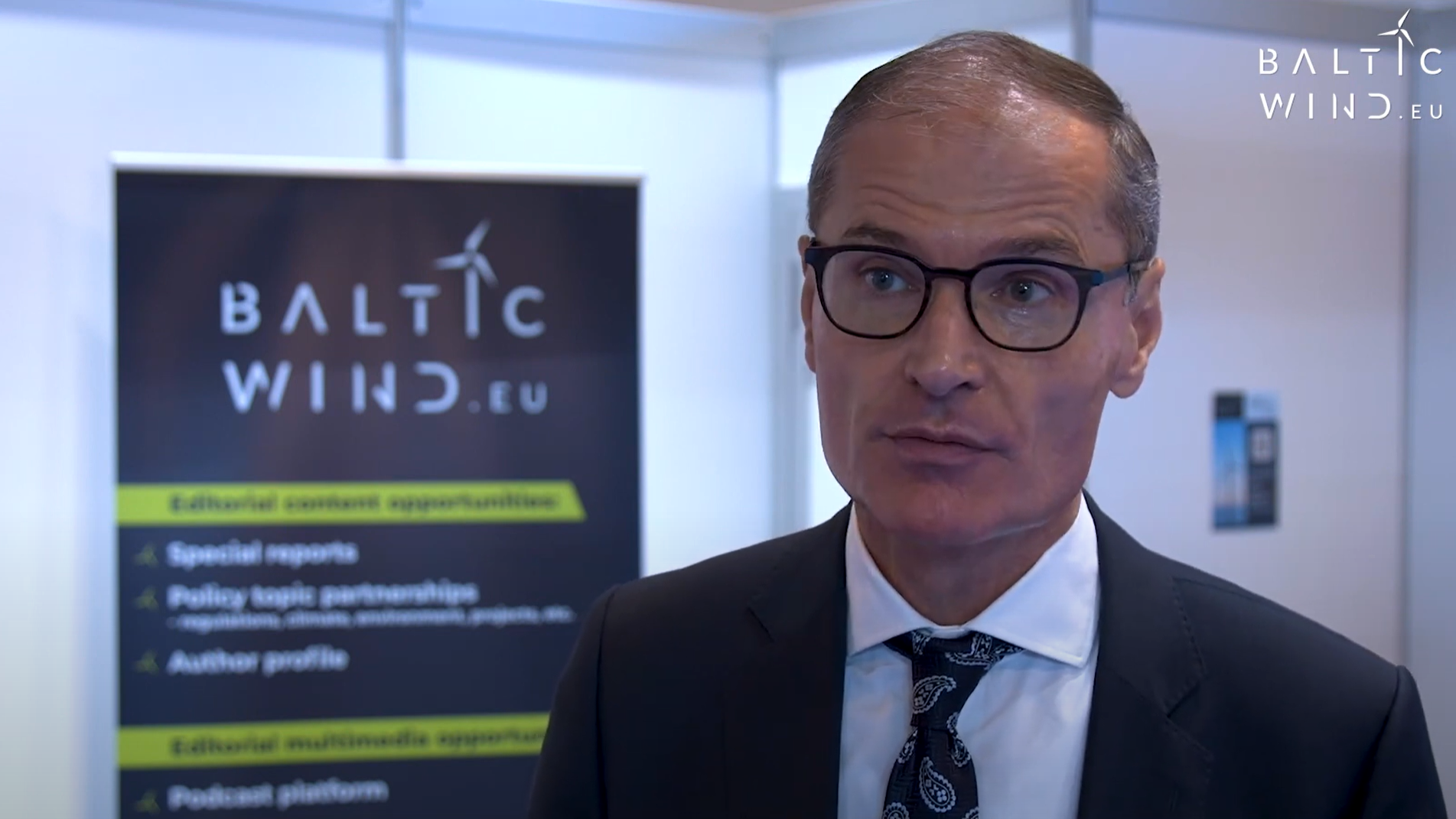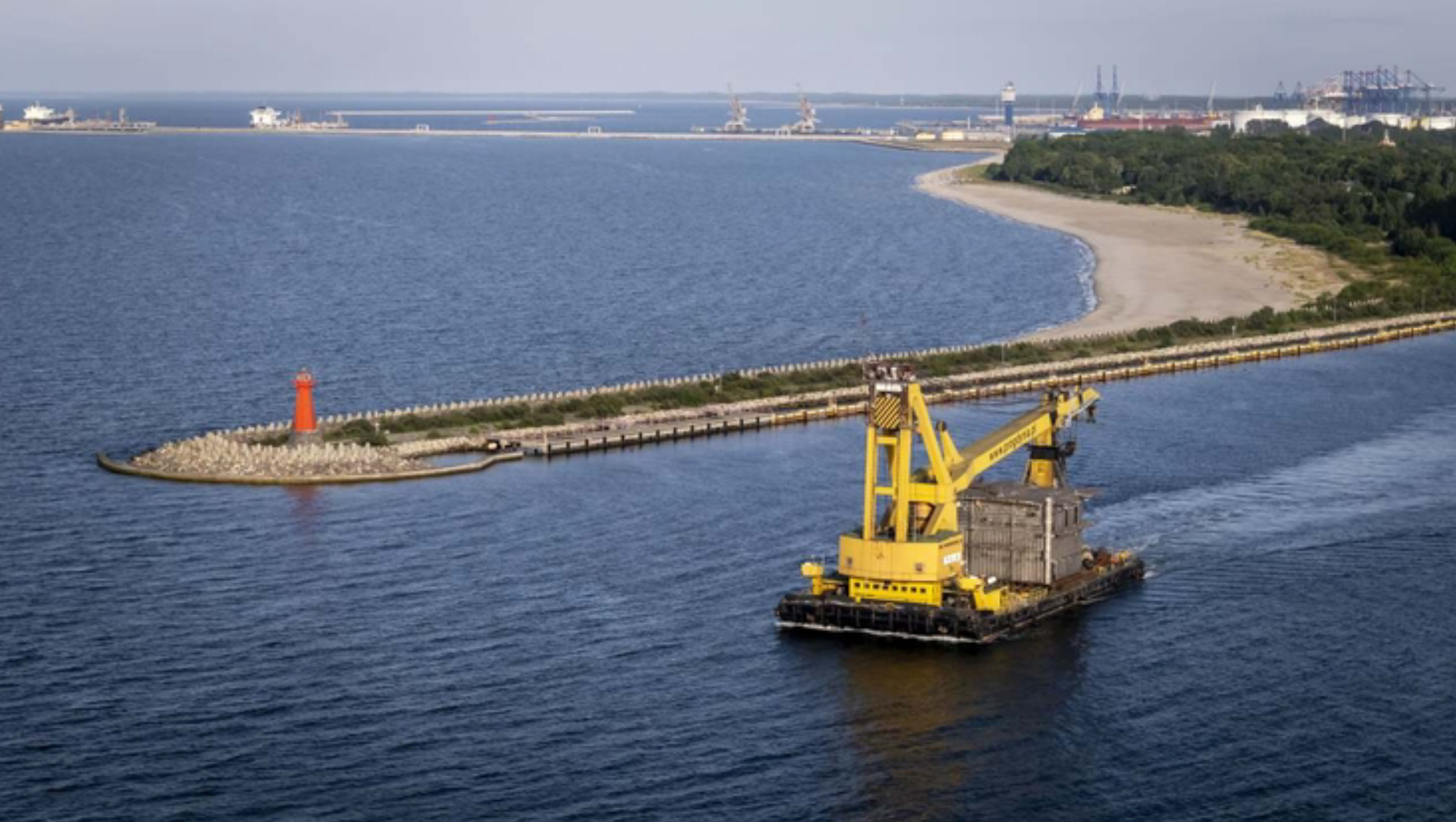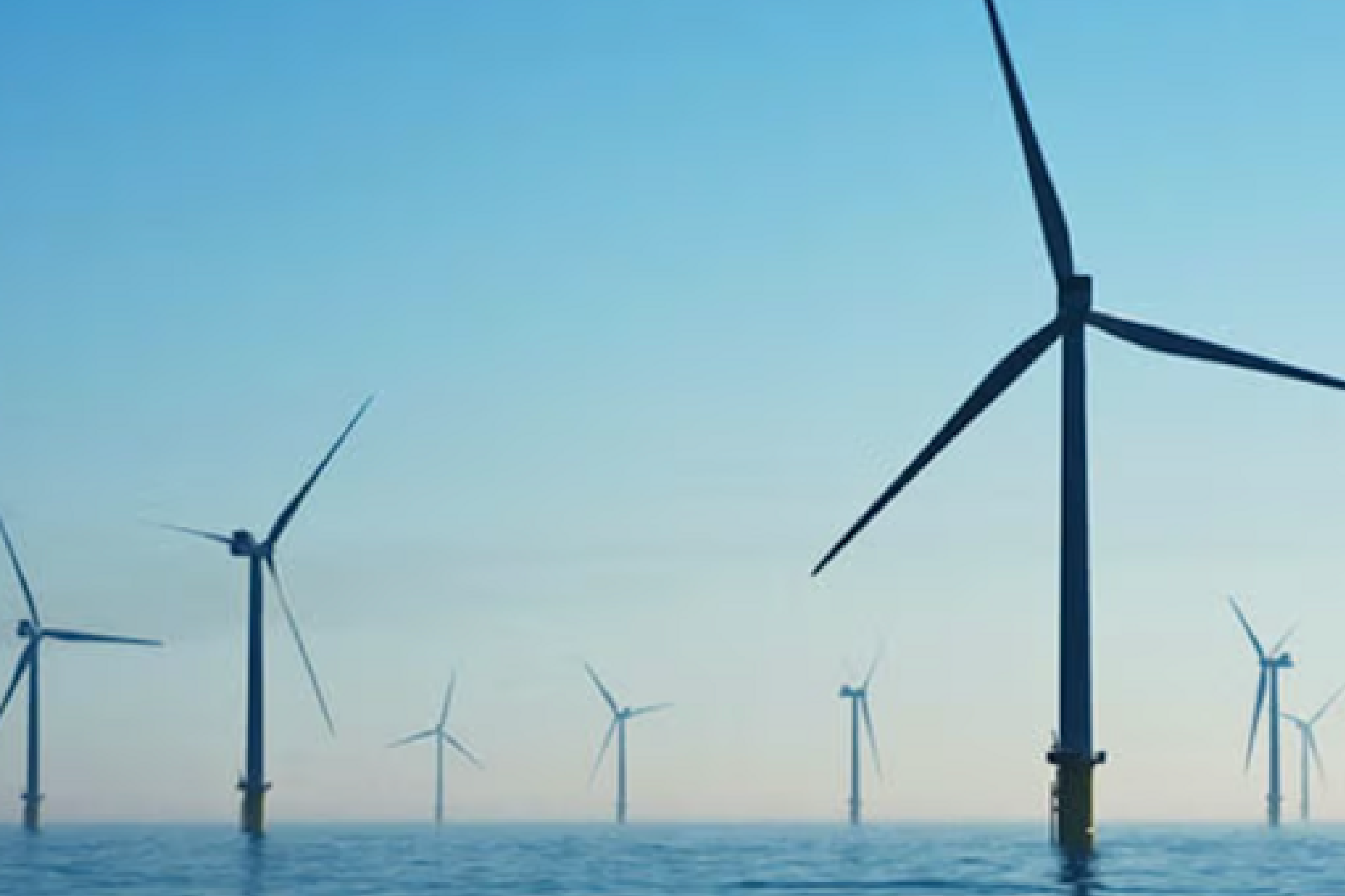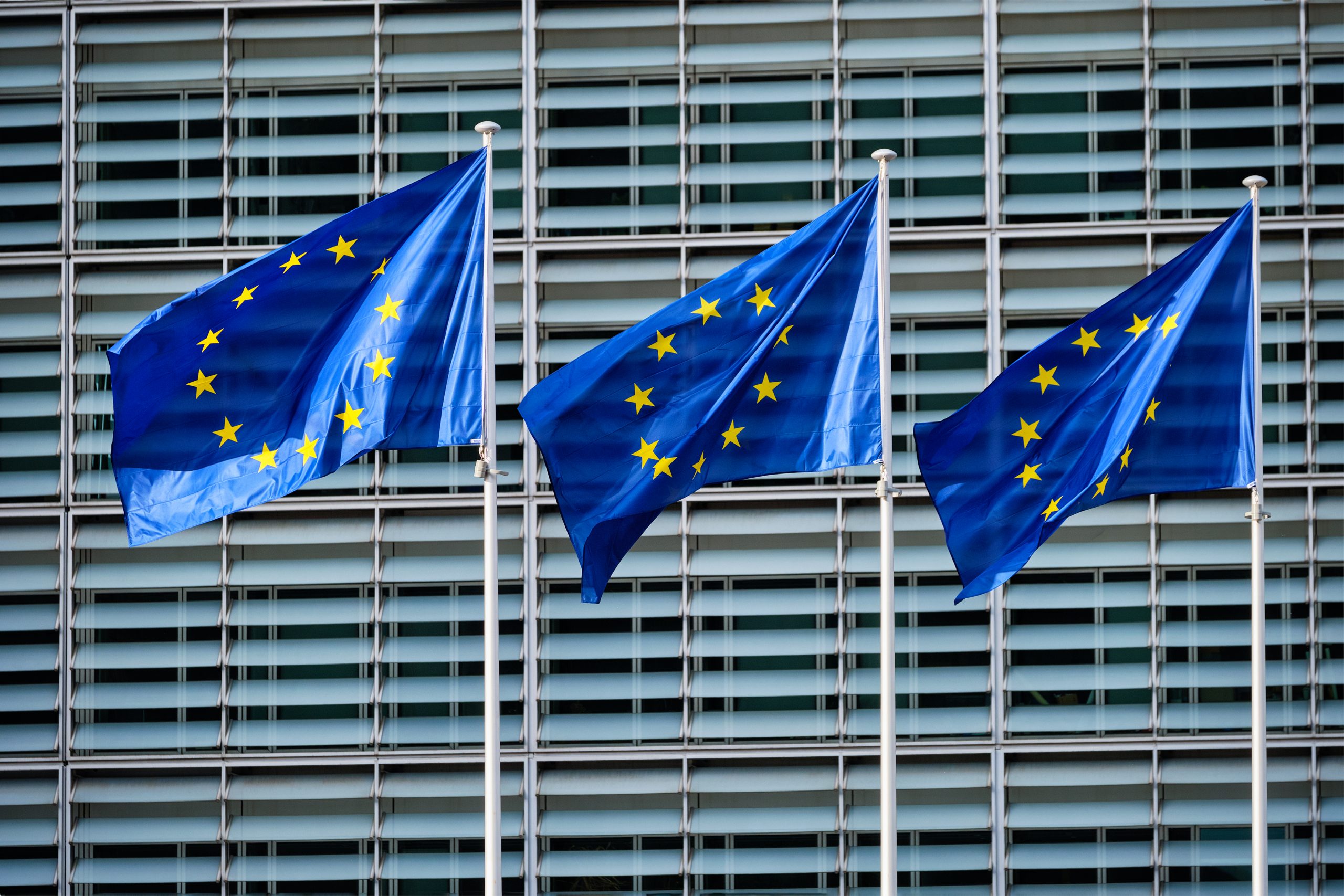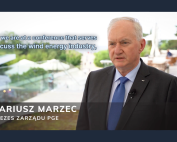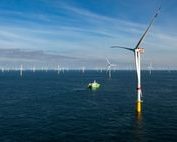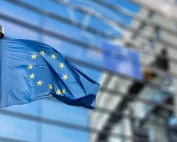DNV plays a key role in the development of the offshore wind industry. Through its unique technological expertise, it supports developers to increase the efficiency of offshore projects at different stages of their development. DNV also provides certification services to the RES industry. We talked about the development of offshore wind energy and the ongoing electrification with the CEO of DNV’s Energy Systems business area, Ditlev Engel, which participated in the WindEurope Electric City 2021 Conference. BalticWind.EU is a media partner of the event in Copenhagen.
The assurance and risk management providers play an important role in delivering ambitious climate targets. Engel said in the commentary that every year at DNV they make a report called the „Energy Transition Outlook”, providing a perspective on energy development.
“We are forecasting what we think is the most likely outcome for the energy future, very much related to the cost of energy in the world. That forecast shows that we will end in the world of 2.3 degrees centigrade, based on the current rejection beyond. That is including a lot of build-out, a lot of things going to happen, and that is obviously not going to get us to what is the target of the Paris Agreement. We, therefore, decided to launch a report „Pathway to Net Zero”, where we’d like to describe if, or hopefully when, we’re going to get to the Paris targets, what would it take for the ten regions in the world, that we have divided, to reach there. Each of the starting points are different, different things have to happen whether you are in Europe or in Asia or in America. Everybody can go on our web page and download it for free – said Engel.
DNV expects a huge growth in renewables, with falling development costs for projects such as offshore wind being one of the main factors.
“In the report, we have a very, very „bullish” forecast for the uptake of renewables, both onshore wind, offshore wind, solar, and around the world. I think many people will find that right now, a lot of things have happened in the renewable industry and renewable energy. But if you look into the report, you will actually see that we adjusted the end of the beginning. We expect a massive scaling of global energy in the coming years and decades, including around the Baltic Sea, simply because the costs for producing renewable energy keeps coming down, and are very low”, explained the DNV expert.
The development of transmission infrastructure and networks will be crucial
Engel points to the challenges of RES development, in particular offshore wind. The industry already has the tools, but there is still industry development to do.
“We are very technology optimistic. We do believe that we have most of the tools at hand to really make it happen. The big challenge is how to scale, and how to build our friends’ offshore wind in the Baltic Sea on a massive scale, how to create the production of green hydrogen, etc. The scaling of the industry is probably the biggest challenge ahead. Rather than it is a discussion around which technologies to use, it is more a question of taking the technologies we already know that work around the world, get them implemented and scale them. The grid build-out, for instance, is very very important. So it is really about taking the tools that we know that we have in the toolbox and using them also in the Baltic Sea”, Engel said.
The move from information to the electrification world
“Electrification and the role of wind power in this process is the focus of this year’s Electric City 2021. Engel points out that the world is electrifying at an unprecedented rate. Everything is going electric. For instance, if you take on the car industry EVs, we will see a massive uptake of electric vehicles, and that is not just because of the climate and the reduction of CO2. The cost of producing an electrical vehicle will very soon be cheaper than making a combustion engine running on petrol. From the cost’s perspective, it would be much cheaper to buy an EV going forward, and that of course we mean there will be a massive uptake. When you buy an electric vehicle, it is not just a question of getting you from the home to the office, but when you have an electric vehicle you can connect it to the grid. Actually, an EV is a “battery on wheels” and when you have enough of it, it starts to become an important part of the integration of the future energy systems and not just a car that takes up space in the parking lot. When you say „electrical city” we basically are seeing now, that the world in so many ways is electrifying, and that obviously needs to be done from a sustainable point of view. That is also why we’re forecasting this massive build-out on renewables. The cost keeps coming down. Whether it is on EV, whether it is on renewables, and now it is all about, as I said before, how to implement it at the fastest scale. So we are moving from the information world to the electrification of everything”, states Engel.
In his opinion, the most important thing to really make it go faster is to understand how we scale it. The problem is that we have to design a system so it is easier to do a fast buildout.
“DNV was asked by the EU Commission to lead a study called „Promotion”, which is looking at the future requirement from the grid in order to build our friends’ massive offshore wind in the EU. And you can’t just build out the offshore wind if you don’t also think about how to handle the grid. So all this work has been done so we know what it is that we have to do. The biggest and most important thing we can do now is action and implementation. And then of course also make sure that we design the systems in a way so it is possible to do so. But that is again not about creating or inventing new technologies. It is about implementing the technologies that we have, and we know that work, and that we understand. Therefore the key issue really for governments are to make plans for 2022, 2023, 2024, 2025 and make sure it happens all the time”, said Ditlev Engel.
